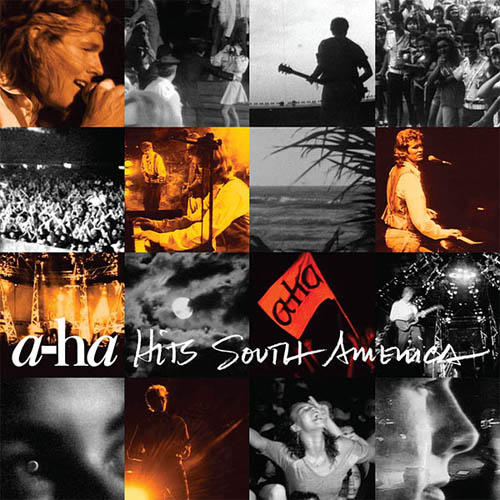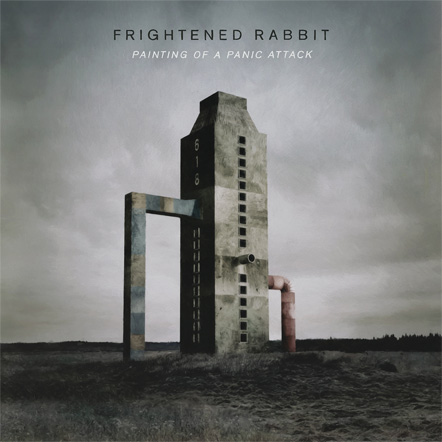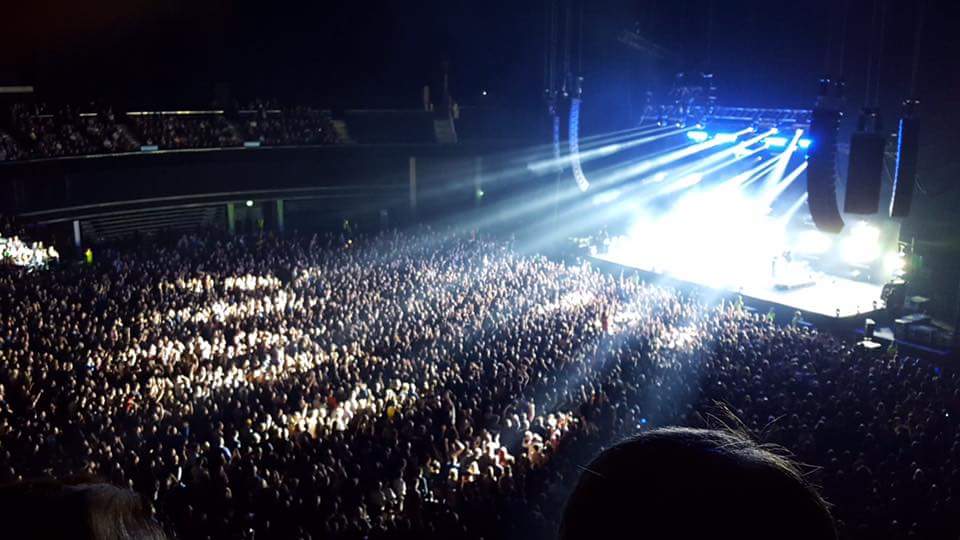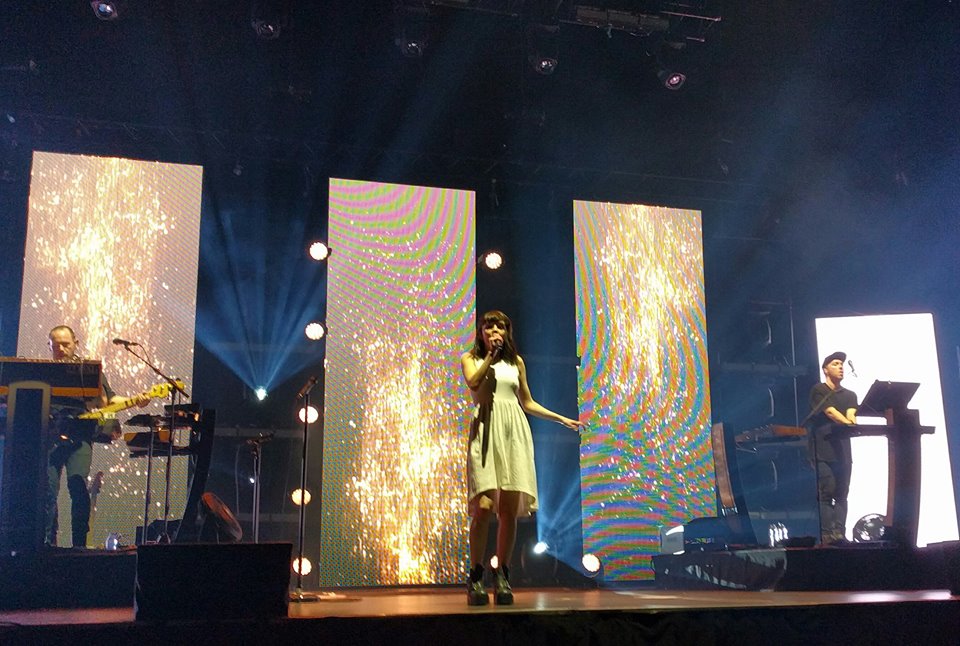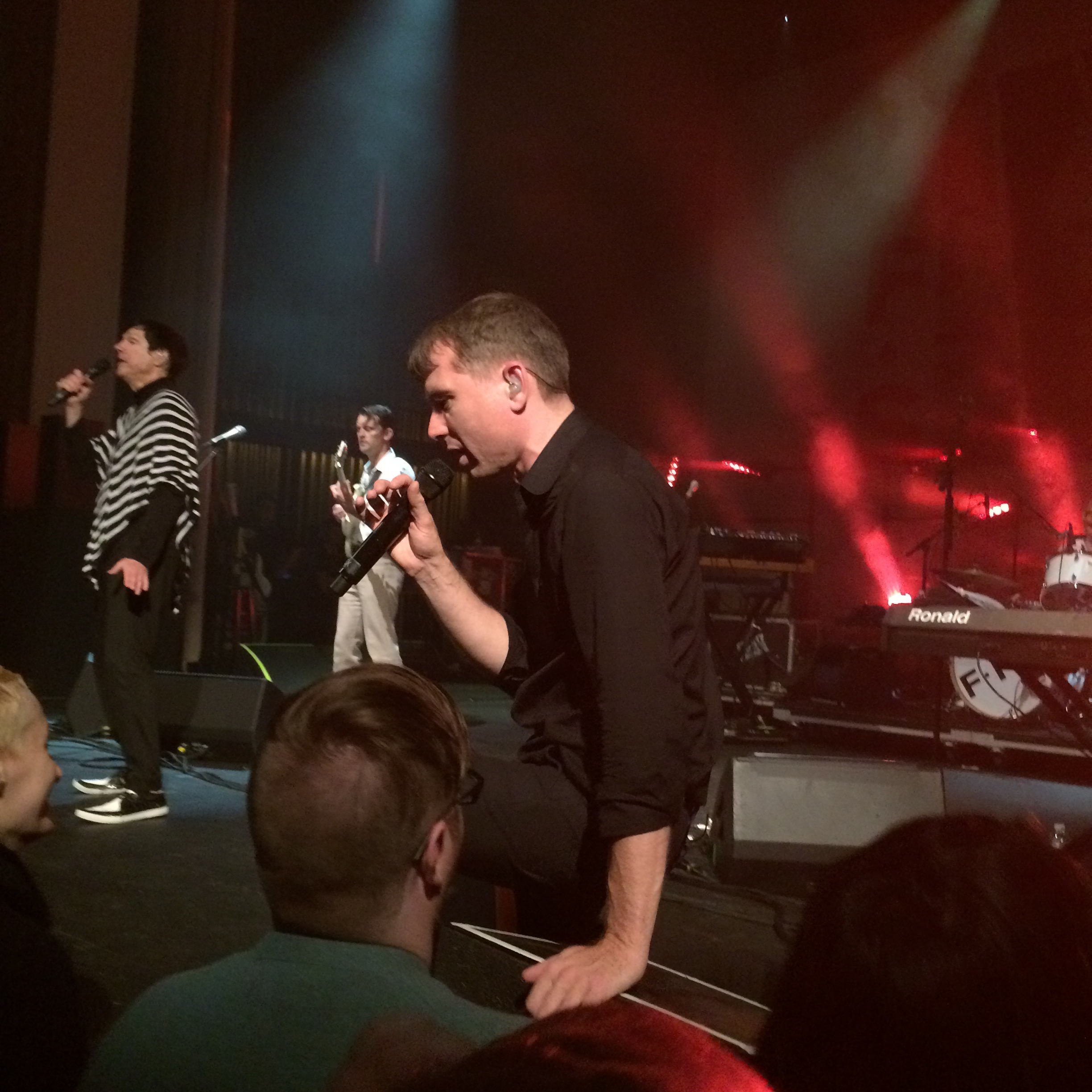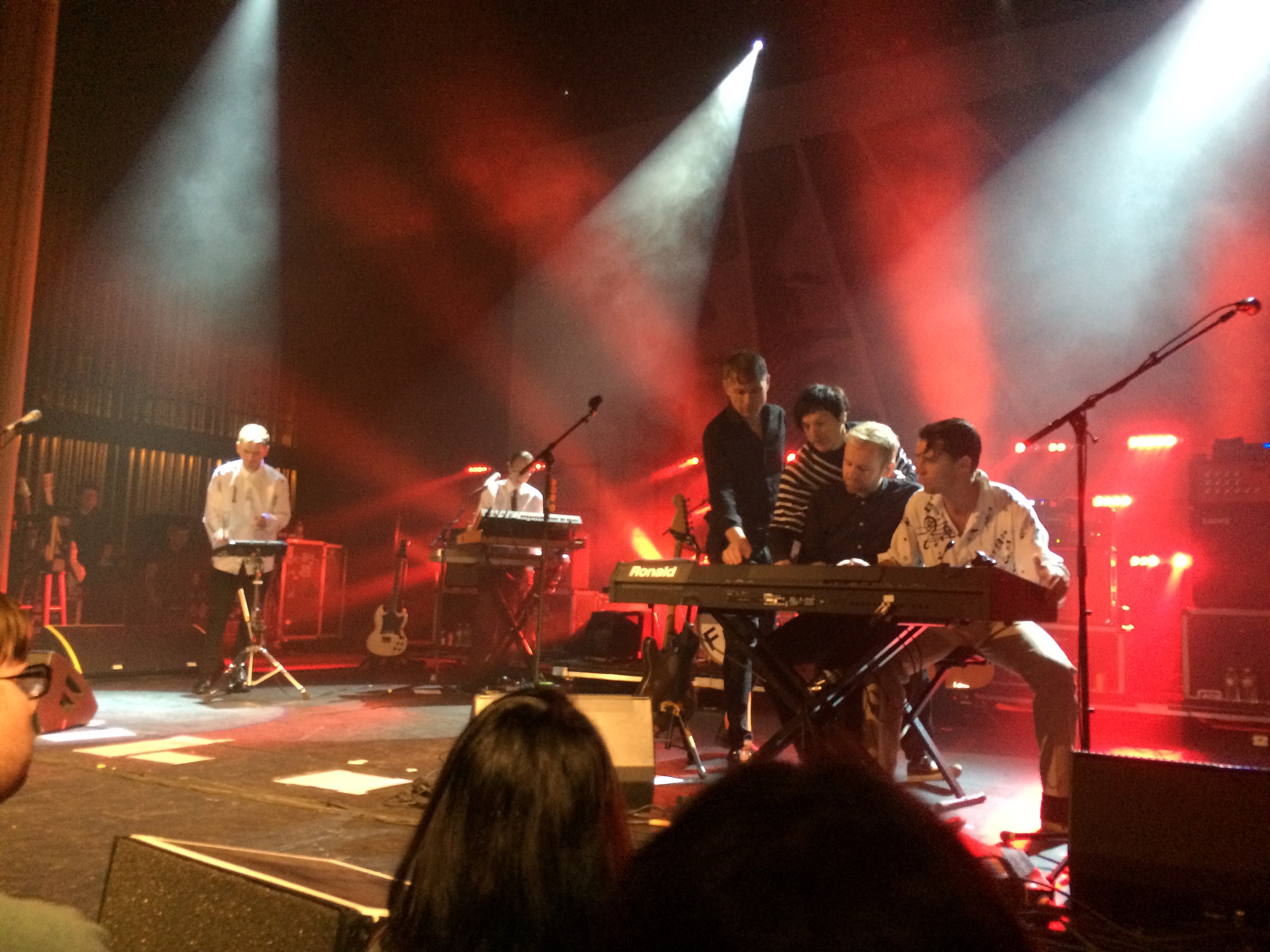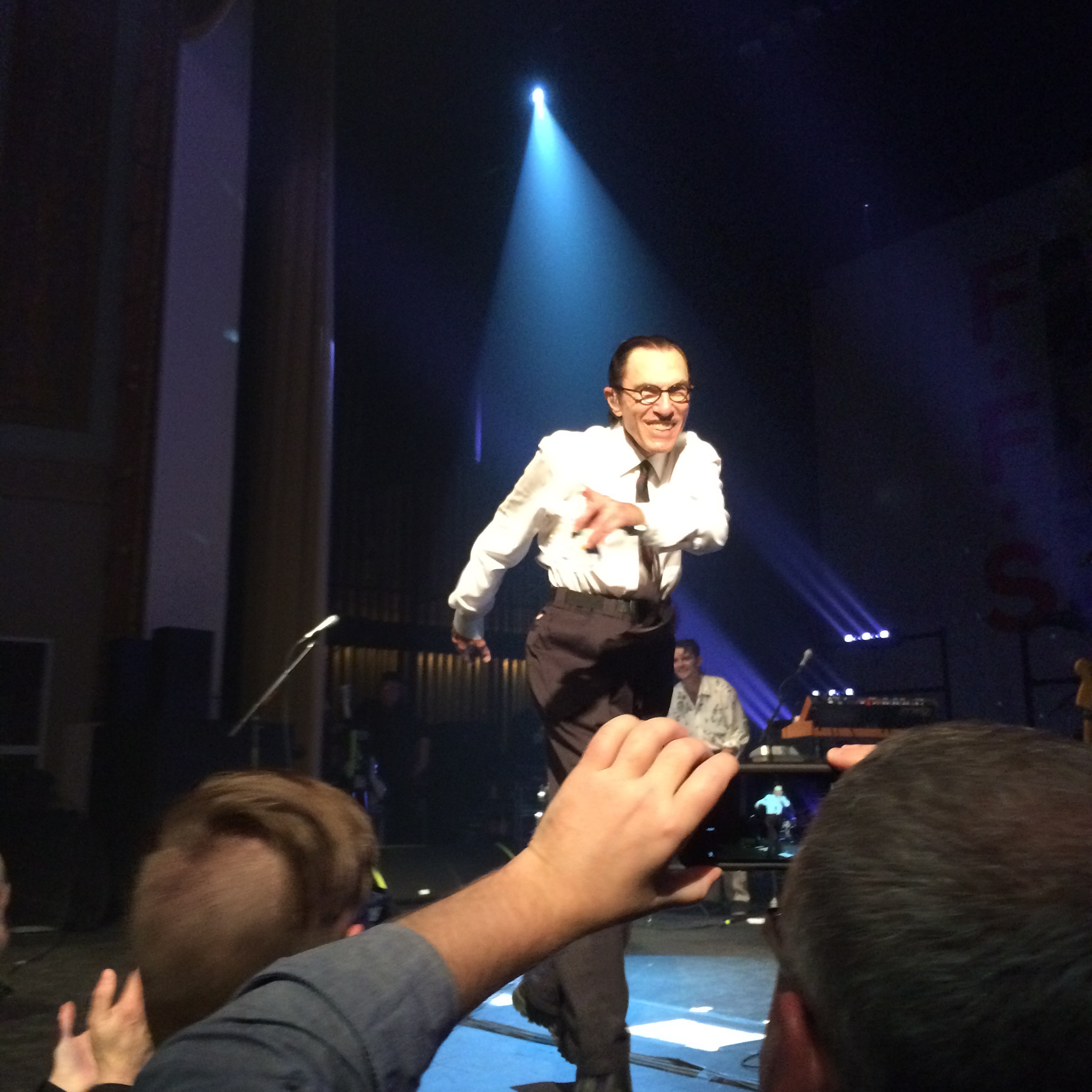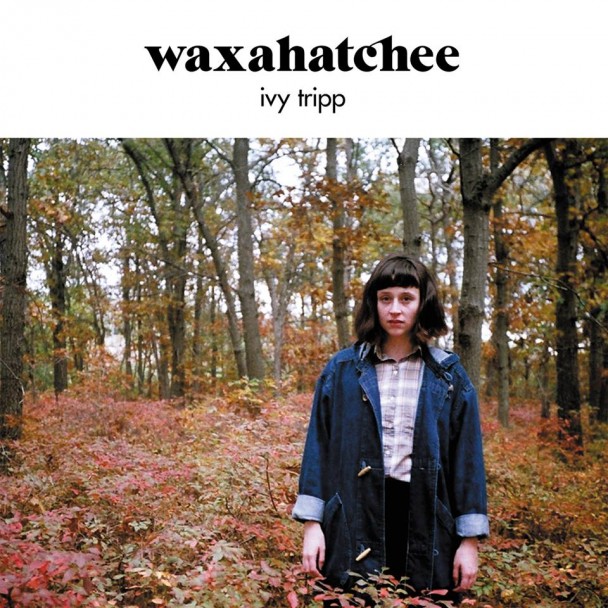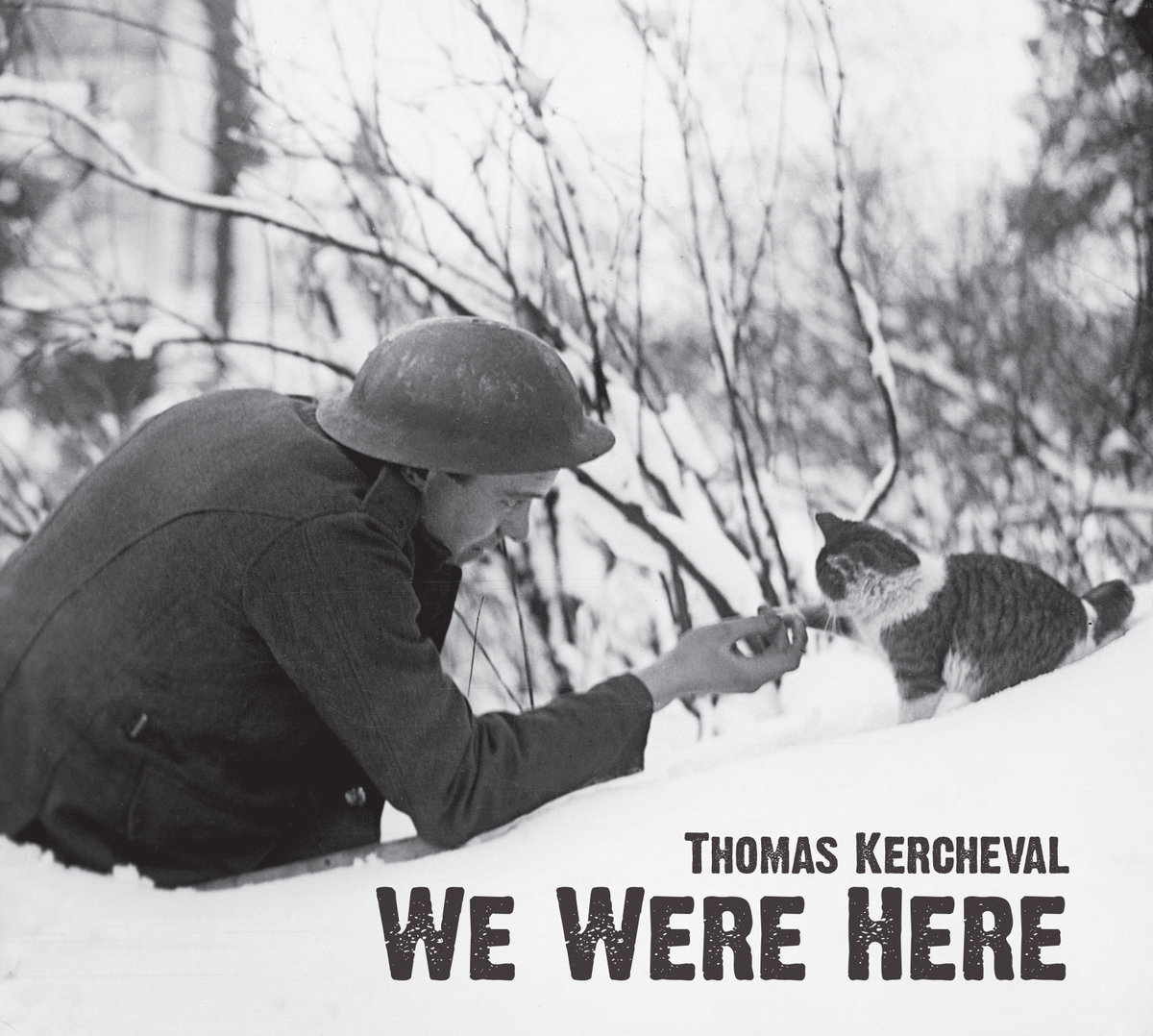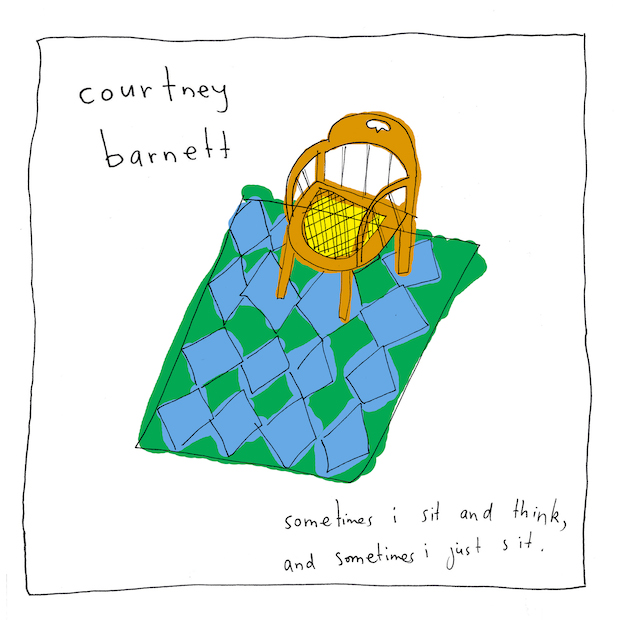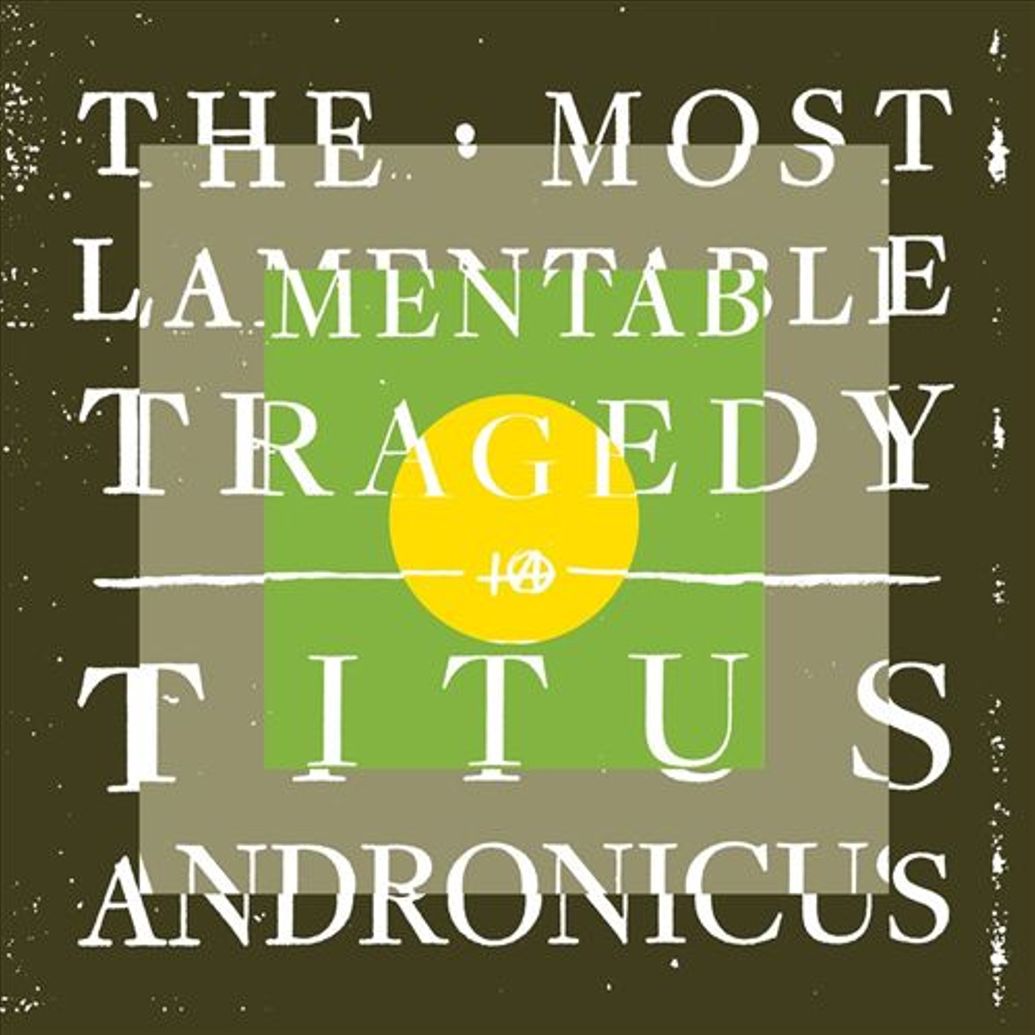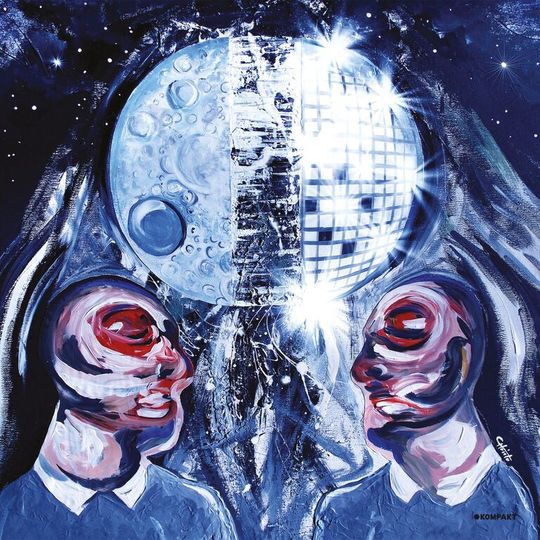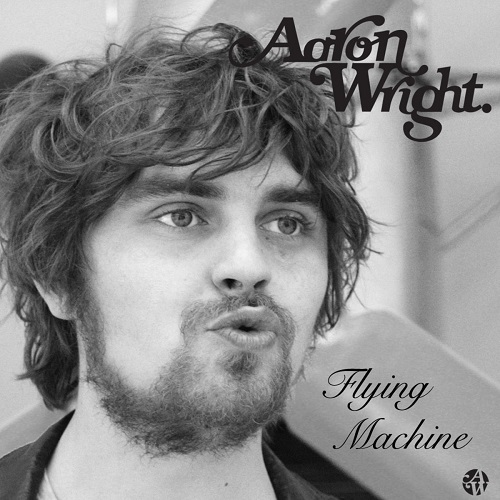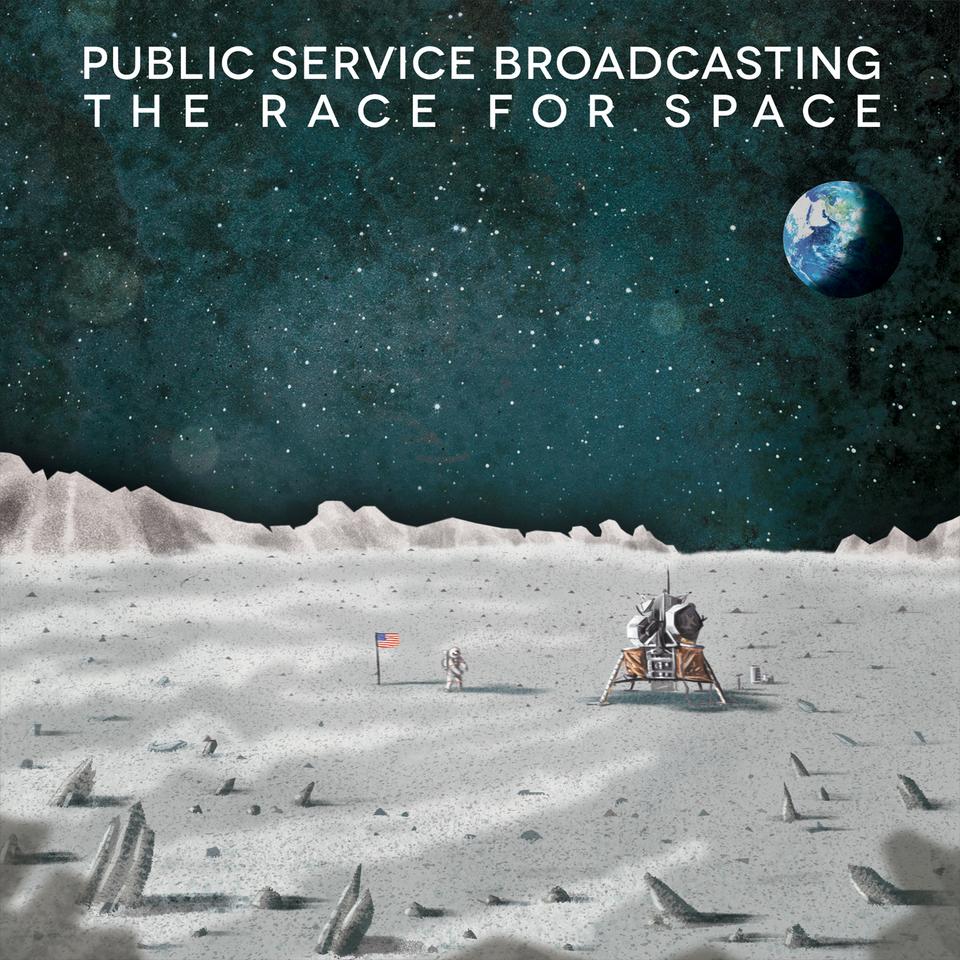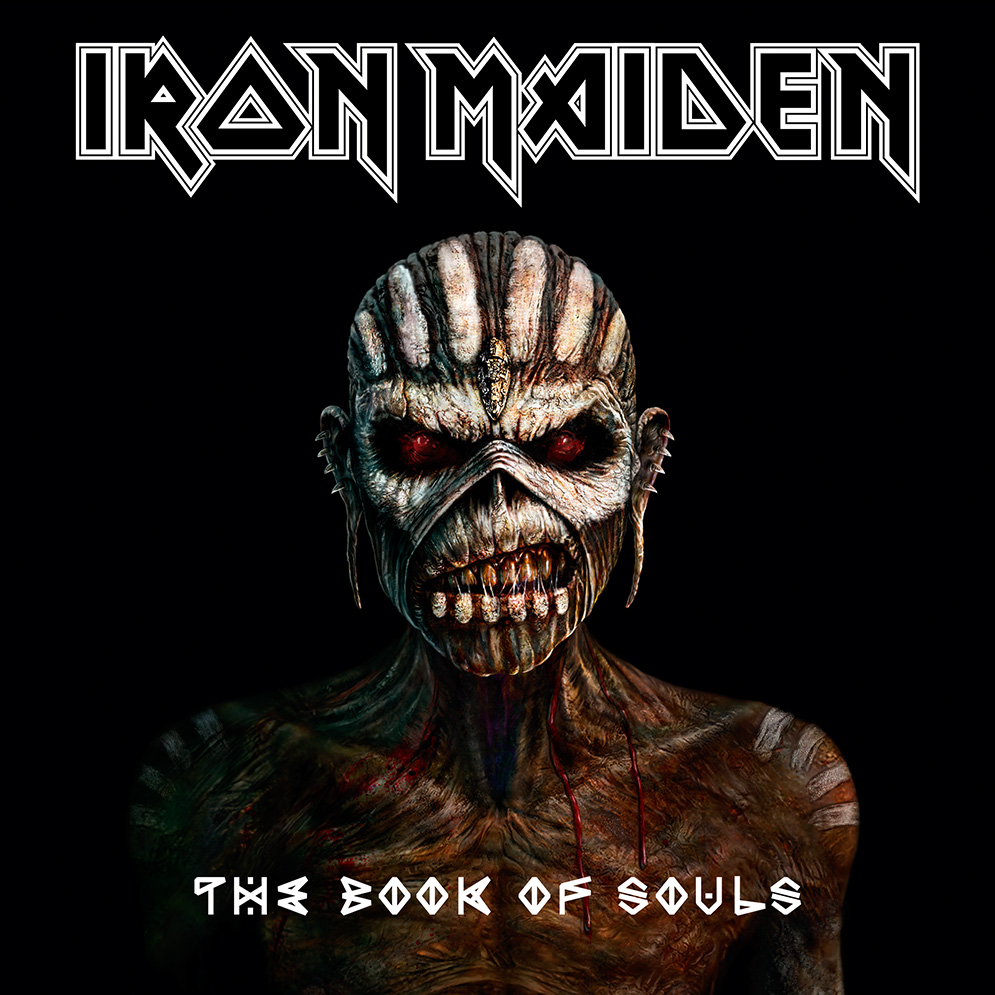by Richard P. Winslow
Team Coldplay is celebrating a No. 1 hit on the Billboard Hot 100 this week with their co-opted song “My Universe”. Co-written with the Korean boy-band BTS, “My Universe” it is a saccharine sweet pop song that is so sugary it makes your musical teeth hurt, rot, and fall out of your head, all within the 3 minutes, 46 seconds it takes to grimacingly listen to the song.
But should Coldplay be celebrating this achievement? No way. The irony of this No. 1 hit song is that it signals the death knell for a once truly great band. Coldplay, or as I recently referred to them on a Facebook post, LamePlay, has been relegated to the minor leagues (or the Championship league depending upon which side of the pond you are on) of rock/pop song writing. “My Universe” heralds the confirmed selling out of a band that once captured the collective musical imaginations of millions around the globe. Since 2012’s release of Mylo Xyloto, the band’s collective musical taste has moved from one that captured the musical imaginations of fans world-wide, to the desperate pairing of themselves with a Korean boy band in order to stay relevant.
And, oh, by the way, it’s all Chris Martin’s fault.
In the beginning, there were four young lads from London who formed a band after meeting in college. Their sound was fresh, vulnerable, captivating, and even courageous at a time when Grunge was still dominating the musical landscape; here was a band that matched melody with harmonies…and imagine this, their lead singer played a Charlie Brown sort of piano on the front half of the stage. They were self-deprecating, honest, a bit naïve about the world of fame, and they were good live. Chris Martin has always been the face of the band, which is not surprising. He was engaging, kind, captivating in a sort-of nerdy kind of way, and we fell for his boyish looks, which were refreshing because they weren’t exactly Jon Bon Jovi-esque.
As the primary song writer for Coldplay, Martin has been the wizard behind the Coldplay curtain, pulling the levers of the music writing process. And for many years, he was at the top of his creative game, as their first four albums were all lauded for their anthem-like melodies, their risk taking, and original direction. But over the last eight years, Coldplay’s inexorable slide (led by Martin) towards soppy sweet candy floss pop and neon colored everything has had consequences. And quite frankly, Coldplay’s own original fans are the ones who have walked away.
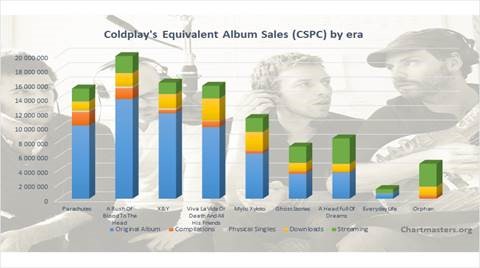
This chart tells the story of Coldplay’s collapse. Viva La Vida was its last quality album, thanks in large part to Brian Eno challenging them to think about music differently. It was also the last album to capture the once-unique Coldplay sound. Every album since Mylo Xyloto has been a slow, but steady slide towards pop obscurity. Now, in all fairness, album sales should not be the sole indicator of a band’s success or lack of success. Critical reviews are important too and should be viewed as a meta-analysis of the quality of a band’s music. Similar to album sales, Coldplay’s album reviews have been declining since 2014, as well.
But the most important fact about Coldplay’s demise is that their fans have been slowly walking away for years now. Fans that bought 16 million copies of Parachutes, 20 million copies of A Rush of Blood to the Head, and 17 million copies of X&Y. Those fans had and in some cases still have a musical expectation that Coldplay is better than what they are today…and we have been waiting for the band to return to their true pre-2014 form. It is Martin, as the musical mastermind, that has drifted away from Coldplay fans and led the band in a direction that fewer and fewer of those original fans want to hear. No one is listening anymore, except, of course, teeny-bopper BTS fans. In an article in the online magazine Nylon, Anne T. Donahue sadly labels the band as “…safe dad music…”, and she wasn’t making fun. She was genuinely expressing what many Coldplay fans feel, which is the significant loss of a great band.
So what did happen to Chris Martin? Quite simply, Martin began to believe his own press releases. As his star power began to shine more and more brightly, Martin fell into the trap of believing that he was as good a musician and song writer as we had made him out to be. At the same time he married Gwyneth Paltrow, someone who literally grew up in Hollywood and whose actor/producer parents showered her with anything and everything she ever wanted. She was also infamously known for saying, “I am who I am. I can’t pretend to be somebody who makes $25,000 a year…” And with that move, Martin went from self-deprecating rock front man to in-denial, self-absorbed rock star, whose musical taste shifted from risky song writer to “how can I make my next mega paycheck hit”. And Martin’s enablers (the rest of the band) happily followed. The C. Martin album formula is simple: 1) Write 9 or 10 pop songs with catchy hooks and no depth; 2) Write two songs that require a collaboration with Beyonce, BTS, Jay-Z, Tove Lo, or Rhianna, so that they can ride the backs of other, more relevant artists. Place it in the oven at 350 degrees, and bake. Voila…we have a Coldplay album on par with any of the last three.
Put simply, Chris Martin believes that if he writes anything, we will buy it, because he is famous.
Have you read the lyrics to “My Universe”? “You, you are my universe. And I just want to put you first. And you, you are my universe, and I…” You get the idea. These lyrics are a far cry from “Sparks” or “Shiver” and the music not anywhere close to the complexities and layers of “42”.
I saw Coldplay live for the first time on February 4, 2003, at Memorial Hall in Kansas City, Kansas. And by the end of the show I was convinced they were the real deal. The setlist that night covered both Parachutes and A Rush of Blood to the Head and convinced me that not only did they have the magic musically, they had the magic to capture an audience live and in person. Unfortunately, Chris Martin and his bandmates simply disappoint today.
Some would say that I am the problem because my expectations, emotionally, are that Coldplay evolve as a band in a direction that takes them backwards. Chris Martin has made similar points in several interviews about not looking back, but forward. On some level that might be true. We all can imagine loving some band’s music so much that when they can no longer create that sound any longer we anguish. I desperately want Coldplay to take me back to Memorial Hall in 2003, not because I want to relive those days of my life, but because they made music that was sincere, real, and lived on a precarious creative edge. Instead they have taken me to a place where I can no longer claim to be a fan. It’s a place of easy, cookie cutter, riskless music. And that is disappointing.
Fame is a dual-edged sword. For Martin, the rise to stardom came on the backs of songs like “The Scientist”, “Clocks”, and “Fix You”. Unfortunately for him, his infamy has come on the backs of songs like “Higher Power”, “My Universe”, and “Orphans”. In my estimation, there is no comparison between the two groups of songs. What I can admit publicly now is that I was a Coldplay fan…but am no more. And, Chris Martin, if you are out there and happen to be reading some randomly obscure music fan blog from Kansas City, I blame you…and myself.
–Richard Winslow is a music fan, father or four boys, wanna-be guitar player, friend of Arlin Bartels, and medical educator who lives in Kansas City, Missouri. He is married to a woman who is much smarter than he.






